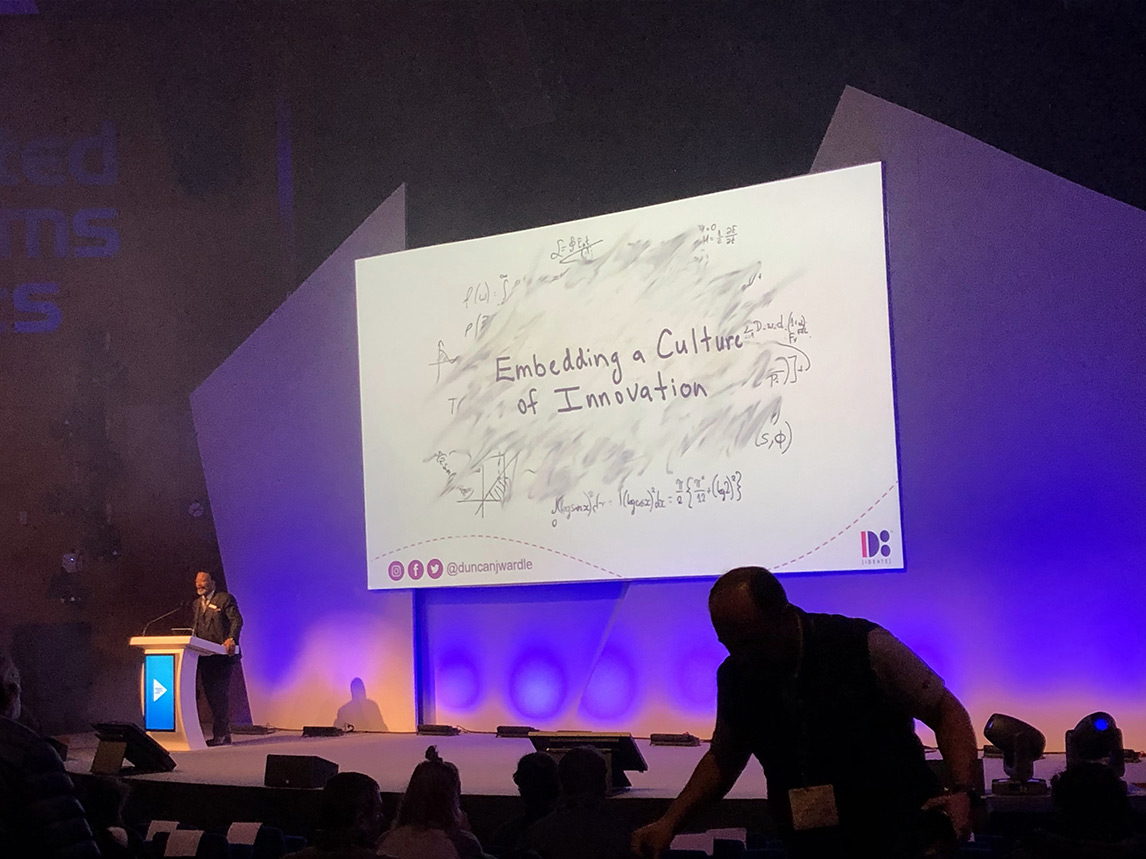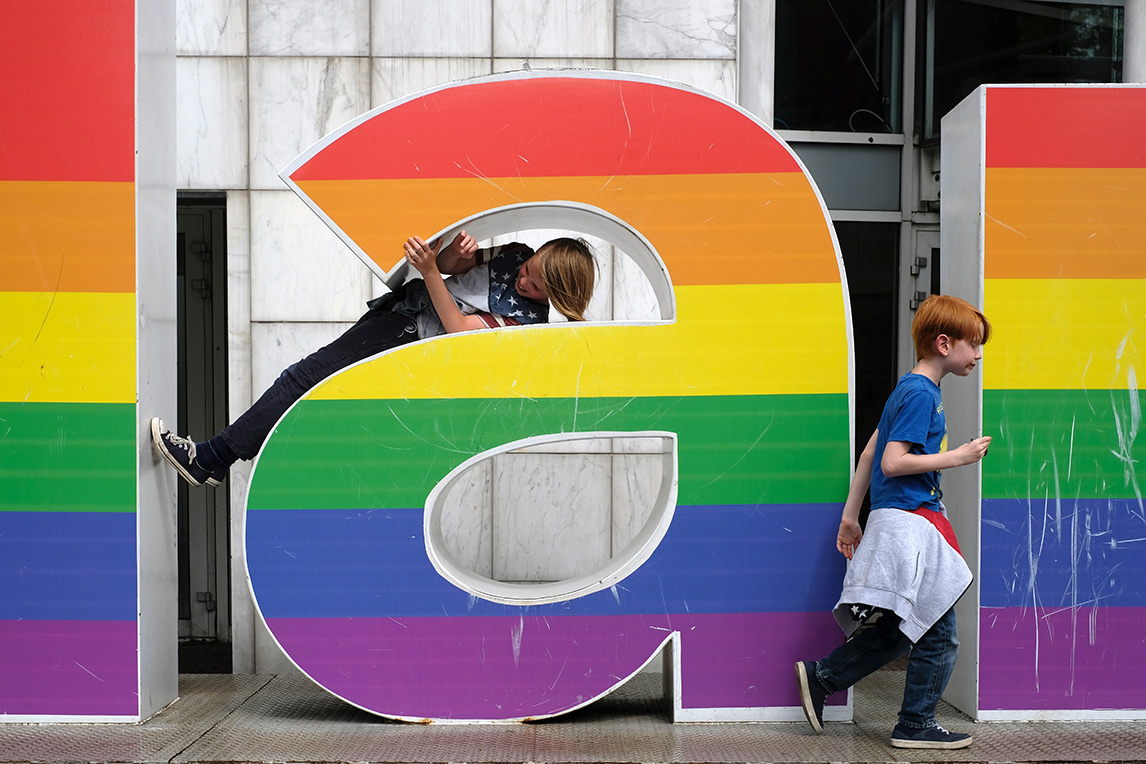Opening Address at Integrated Systems Europe 2020
20 April 2020

Duncan Wardle explains how promoting the creativity of your team leads to innovation
In his Opening Address to Integrated Systems Europe 2020 in Amsterdam, Duncan Wardle explained how innovation can become part of our daily work. The former Vice President of Innovation & Creativity at The Walt Disney Company says its paramount to boost the creativity of your team to stay competitive in times of digital transformation.

We all heard this before: Time is money. But spending too little time on creating new ideas, products and services can actually become quite costly. A half-baked solution for which there is no demand on the market is a pure waste of money. Duncan Wardle is convinced that we need take our time for creative thinking and innovative ideation. Besides to a lack of time, the innovation speaker identifies past (discouraging) experiences in our work life, strong hierarchies and other organizational limitations as the greatest barriers to creativity. It is no wonder that our best ideas come outside the office, for instance while taking a shower or walking the dog, says the former Vice President of Innovation & Creativity at The Walt Disney Company. These are situations where we’re not under pressure of the rigid structures of our daily work life and thus get out of our “rivers of thinking” whose streambeds are formed by our expertise and experience. Wardle points out that with digital transformation, we face more and more disruptions in the world of work. The ability to adapt to those disruptions makes embedding a culture of innovation in corporations essential.
Real consumer centricity
Wardle defines creativity in nuce as the ability to have an idea. Innovation is nothing else than realizing that idea. In organizations, creativity must be institutionalized as a “habit of continuously doing new things in different ways to make a positive difference in our working life”, Wardle says. But the best idea is worthless when it doesn’t solve your customer’s problems. In a world where everything is about UX and the ideal customer journey, companies can’t afford to stick to a product-centric approach. Wardle argues that customer centricity isn’t just about collecting abstract data on your target group. Companies need to identify and really understand the pain points of consumers. That is why we need to dive into the customer’s world when we want to develop products and solutions that she really needs – and ergo will buy.

Creativity as a habit – Revive your inner child
No doubt about it: Children are the most creative beings on earth. Wardle identifies creativity, imagination, curiosity and intuition as the four core human traits that we are all born with and that are not programmable to AI. While we grow up, our creativity narrows down because we internalize more and more norms as part of our socialization, Wardle argues. Children have a certain fearlessness when asking questions while adults often don’t dare to ask certain questions out of the fear of acting inappropriately. For Wardle, innovation depends on the bravery of asking such “audacious questions” that help to imagine alternative scenarios by leaving our everyday "rivers of thinking".
Wardle points out that companies need to provide their employees tools to stop them thinking as they always have. As one of those means for promoting creativity and innovation, Wardle identifies the “What if” method popular in Design Thinking. Just like the cascades of “Whys?” that children ask, posing the “What if” question numerous times within your team helps to nurture ideas and redefines and refines a solution. Another means of promoting innovation is to invite “naïve experts” to your team. These are people out of your industry that can provide a new perspective as they bring with them their own river of thinking. Wardle stresses that those naïve experts are of course not supposed to solve your given problem. But you will benefit immensely from their perspective as they make the team more diverse.
“Diversity is innovation”
It’s no secret that most seniors tend to hire people who have a background similar to their own (think of the infamous “old white men”). The problem with such homogenous groups is that it’s hard for them to be innovative as they often suffer from group think. With a diverse team, you automatically create a broader range of ideas as you have more different perspectives on a given problem. In his interview with ISEShow.TV, Duncan Wardle talks about the power of diversity when it comes to creating innovation.
Diversity is not just an important feature of work teams but will also play a major role in future employer branding, Wardle predicts. For Generation Z, the values that a company stands for are extremely important while searching for a job. But it’s not only the values of a company, but also its purpose that becomes more important in times of growing competition in the digital age. A truly customer-centric approach on solutions that help people to build their dreams will be a distinctive competitive advantage in the next decades. Hiring people who are strong in creativity, imagination, curiosity and intuition and who come from a diverse range of backgrounds is the way to stay successful in the future.


